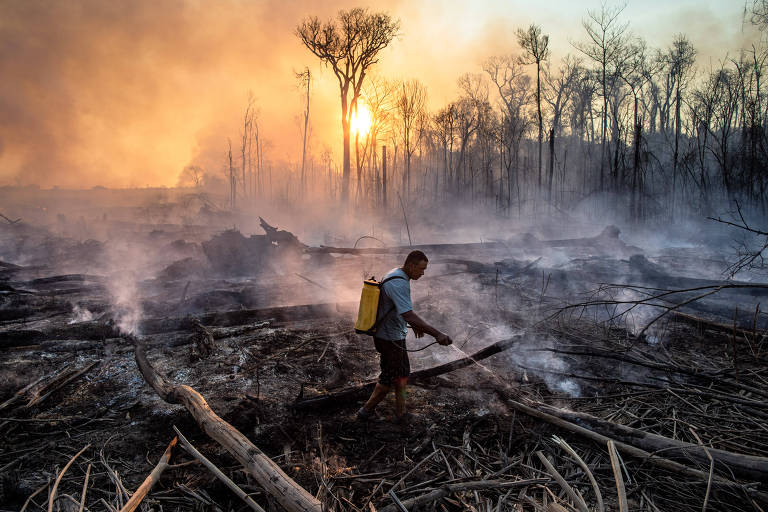The Amazon lost an area equivalent to 270 thousand km² between the years 2000 and 2018. In the period, the largest tropical forest on the planet saw 8% of its coverage disappear, replaced mainly by pasture areas.
For comparison, the size of the Amazon's territorial loss represents, in absolute terms, the disappearance of a space larger than the entire state of São Paulo, which has an area of around 248 thousand km².
The numbers are part of the Ecosystem Accounts: Land Use in Brazilian Biomes (2000-2018), from IBGE (Brazilian Institute of Geography and Statistics), released on the morning of this Thursday (24).
The study showed that the reduction in Amazonian forest vegetation was the greatest among the natural coverings of Brazilian biomes in the analyzed period.
According to the IBGE, pasture areas increased by 71%, from 248,800 km² in 2000 to 426,400 km² in 2018, which showed a fragmentation of the region's landscape.
Inpe data had already shown that, currently, the Amazon continues to register an increase in fires. In July, the biome grew by 28% in the number of hot spots compared to the same period in 2019, according to data from Inpe (National Institute for Space Research), the highest record since 2017 and, before that, since 2006.
Translated by Kiratiana Freelon
